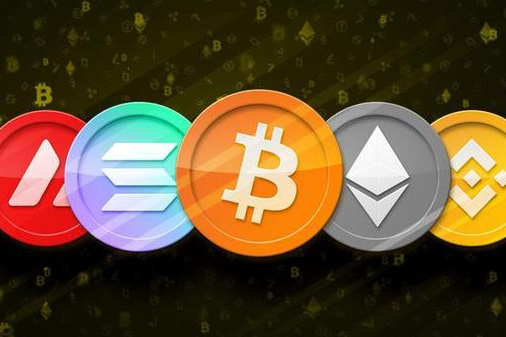After yesterday's article was published, a careful reader noticed a mistake in the article: the circulating supply of UNI is not 6.29 billion, but 629 million.
Here, I used the circulating supply instead of the maximum issuance (1 billion) mainly to make the calculations more aligned with the current situation.
Additionally, this reader provided a set of UNI fee income from another perspective:
The trading volume over the past 30 days was $148.5 billion, and if we roughly calculate a fee of 0.05%, the fees for 30 days would be $74.25 million, which amounts to $890 million annually. If we conservatively estimate the lower limit of annual income to be $500 million, then the annual fee income for UNI is approximately $500 million to $890 million.
Converted to fee income per token, it is $0.79 to $1.41, and the cost for repurchasing tokens is $0.13 to $0.235.
Using the above data along with the corrected circulating supply of 629 million tokens, the PE and "dividend yield" are calculated as follows:
Using the price of $5 before the significant rise as a standard, its PE is 3.55 to 6.32, and its dividend yield is 2.64% to 4.72%.
Using the price of $9.22 after the rise as a standard, its PE is 6.54 to 11.67, and its dividend yield is 1.44% to 2.56%.
There is an element of uncertainty here, which is what its costs actually are.
Since Uniswap does not need to disclose financial data like traditional listed companies, we cannot see its various costs, and therefore cannot calculate its net profit and free cash flow; we can only consider its trading fee income as its net profit.
If costs are taken into account, its actual PE would be higher than the calculated value, and the actual "dividend yield" would be lower than the calculated value.
However, even so, examining UNI with this data, from its PE perspective, whether before or after the price surge, its premium risk is not considered high. Even using the post-surge standard, its premium risk remains relatively low.
With the premium risk not being high, the next thing to look at is its revenue.
In terms of revenue, aside from the inability to clearly determine the costs mentioned above, another factor I believe has a more far-reaching impact is whether its business model has a very strong moat.
Regarding this, I have previously shared some concerns in earlier articles: that is, at least in certain ecosystems, such as BASE, Uniswap's leading effect is not very obvious. Additionally, since Uniswap now has its own layer two expansion, it certainly hopes to attract as much TVL and traffic as possible to its own layer two.
Will this inadvertently cede the trading market of other ecosystems to competitors?
Finally, when I consider whether UNI is worth investing in, I directly compare it with Ethereum, mainly in two aspects: risk and "dividend yield."
The so-called risk refers to my assessment of the survival and continued development risks of the UNI project compared to Ethereum.
Clearly, I believe Ethereum's risk is smaller than UNI's.
The so-called "dividend yield" is the project income that token holders can directly enjoy. Based on the calculated UNI dividend yield (not considering costs), I estimate it to be approximately 2.6% to 4.7%. Currently, the staking income for Ethereum is around 2.6% to 3.2%.
UNI may be slightly higher.
If we consider both risk and return, at this stage, I would tend to choose Ethereum. However, I am not buying Ethereum right now, so I definitely won't be buying UNI.
Some readers mentioned wanting to dollar-cost average, but I personally do not dollar-cost average into UNI. However, I can provide a method I have used before:
In the past, I would refer to the highest value UNI had ever reached, then calculate a discount price based on the highest value and my own risk tolerance to set it as the dollar-cost averaging price.
However, this method has a prerequisite assumption: that is, it assumes UNI will definitely exceed its previous high in the future.
This method is for readers' reference only. Additionally, readers should be aware of this prerequisite assumption when using this method.
免责声明:本文章仅代表作者个人观点,不代表本平台的立场和观点。本文章仅供信息分享,不构成对任何人的任何投资建议。用户与作者之间的任何争议,与本平台无关。如网页中刊载的文章或图片涉及侵权,请提供相关的权利证明和身份证明发送邮件到support@aicoin.com,本平台相关工作人员将会进行核查。




